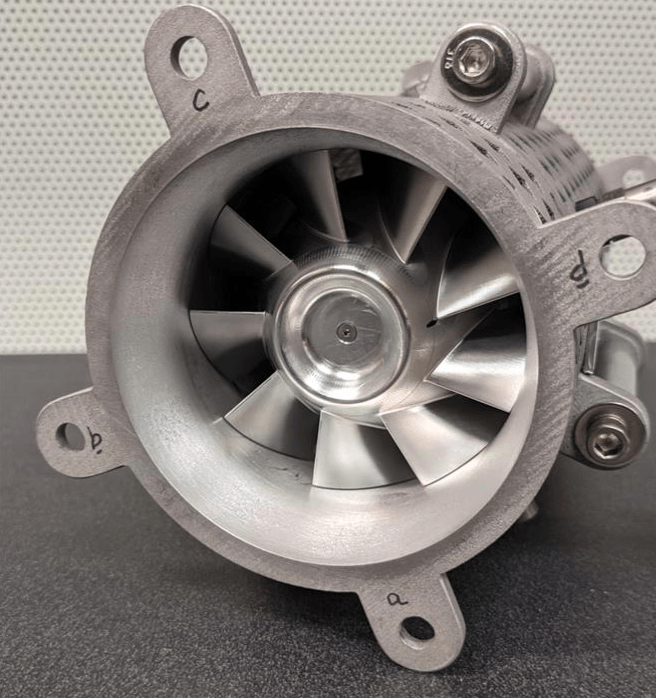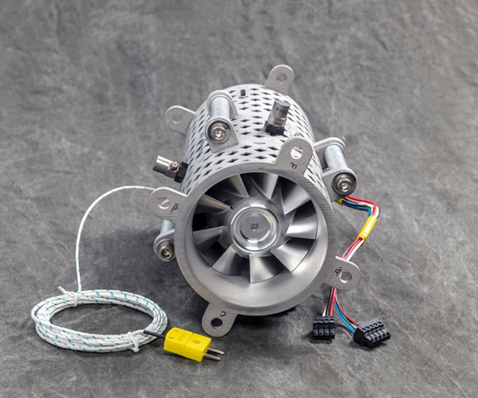NASA researchers developed a Quiet Space Fan to reduce the noise inside crewed spacecraft, sharing the results with industry for potential use on future commercial space stations.
Controlling noise inside spacecraft helps humans talk to each other, hear alarms clearer, get restful sleep, and minimizes the risk of hearing loss. It is best to control the noise at the source, and in spacecraft the noise often comes from cabin ventilation and equipment cooling fans.
Since the earliest days of human spaceflight, there has been noise from the Environmental Control and Life Support System ventilation. NASA is working to design highly efficient and quiet fans by building on technology initially developed at the agency’s Glenn Research Center in Cleveland and sharing it with companies that are developing new spacecraft and space stations.
“As NASA continues to support the design and development of multiple commercial space stations, we have intentional and focused efforts to share technical expertise, technologies, and data with industry,” said Angela Hart, manager of NASA’s Commercial Low Earth Orbit Development Program at the agency’s Johnson Space Center in Houston. “The Quiet Space Fan research is one more example of how we are actively working with private companies to foster the development of future destinations.”
The initial fan prototype was designed at Glenn in 2009 using tools developed for aircraft turbofan engines. The fan design size, flow rate – how much air the fan moves – and pressure rise – the increase in pressure across the fan – were designed similarly to the original Orion cabin fan design point (150 cubic feet per minute, 3.64 inches of water column). Acoustic measurements showed that the new design was approximately 10 decibels quieter than a similar-sized commercial off-the-shelf fan.
To take the research a step further, a larger fan was recently designed with almost twice the flow rate and pressure rise capability (250 cubic feet per minute, 7 inches of water column) compared to the initial prototype. For example, the original fan could provide enough airflow for a large car or van, and the larger fan could provide enough airflow for a house.
NASA’s quiet fan design aims to maintain high performance standards while significantly reducing everyday noise levels and can potentially be used on the International Space Station and future commercial destinations.
“This work will lead to significant benefits including volume and mass savings from noise controls that are no longer as large or needed at all, reduced system pressure loss from mufflers and silencers that don’t need to be as restrictive, reduced power draw because of the reduced system pressure loss and the highly efficient fan design, and satisfying spaceflight vehicle acoustic requirements to provide a safe and habitable acoustic environment for astronauts,” said Chris Allen, Acoustics Office manager at NASA Johnson.
Developing quieter fans is one of many efforts NASA is making to improve human spaceflight and make space exploration more innovative and comfortable for future missions to low Earth orbit. Helping private companies provide reliable and safe services at a lower cost will allow the agency to focus on Artemis missions to the Moon while continuing to use low Earth orbit as a training and proving ground for deep space missions.
Learn more about NASA’s commercial space strategy at:




























